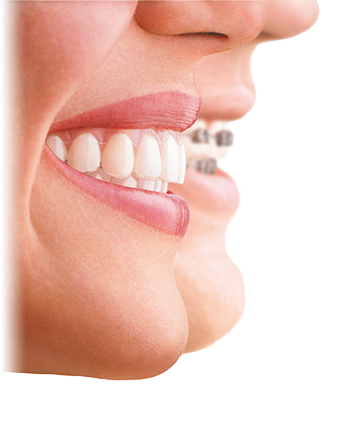 The root canals are narrow passageways that run between the centre of the tooth and the tooth root. They contain the pulp, which is the living tissue of the tooth. Within the pulp, you will find blood vessels, nerves and lymph tissue. When the pulp becomes infected or is damaged as a result of trauma or injury, there is a high risk of infection spreading, which leads to degeneration of the tissue and the development of painful abscesses. When the tooth is severely infected and the pulp gets damaged, there are usually only 2 options: root canal treatment and extraction.
The root canals are narrow passageways that run between the centre of the tooth and the tooth root. They contain the pulp, which is the living tissue of the tooth. Within the pulp, you will find blood vessels, nerves and lymph tissue. When the pulp becomes infected or is damaged as a result of trauma or injury, there is a high risk of infection spreading, which leads to degeneration of the tissue and the development of painful abscesses. When the tooth is severely infected and the pulp gets damaged, there are usually only 2 options: root canal treatment and extraction.
Here are 5 facts about root canal treatment:
- Root canal treatment can save a tooth: root canal treatment is designed to prevent infection from spreading, repair damage and provide protection for the tooth to reduce any risk of injury in the future. It is often capable of saving a tooth, which would otherwise be removed.
- Root canal treatment is nothing to worry about: many people have an awful view of root canal treatment, even though they’ve never had it before. But the truth is that this treatment is performed under local anaesthetic and you won’t feel a thing. Your dentist will only start the procedure once your tooth feels completely numb.
- We use a special microscope for root canal treatment: at City Dental Leeds, we use a special microscope to guide us during root canal treatment and ensure the most accurate outcome.
- Gutta percha is the name of the material used to fill and seal the root canals: once all the targeted pulp tissue has been cleared from the root canals, we use a special dental material to fill and seal them. This helps to prevent further infection spreading.
- Throbbing pain, increased sensitivity and intense pain when biting are signs of a dental abscess: Abscesses are fluid-filled sores caused by bacterial infection. Dental abscesses are unlike other types of abscess and they must be treated by a dentist. They are drained and then removed.
Tags: Leeds Root Canal, Root Canal City of Leeds, Root canal treatment Central Leeds, Root Canal Treatment Leeds Dentist







